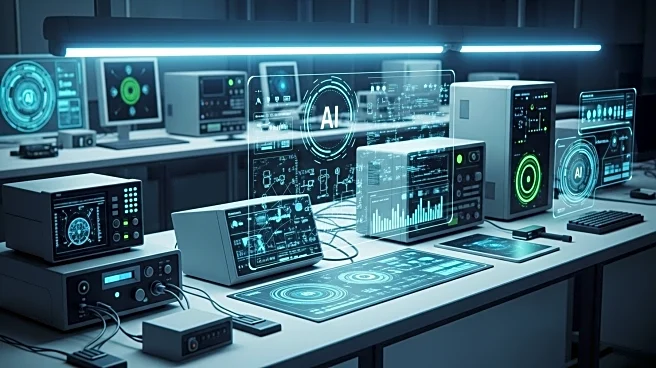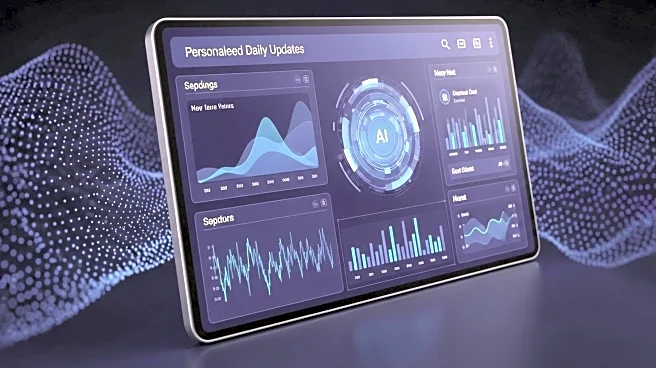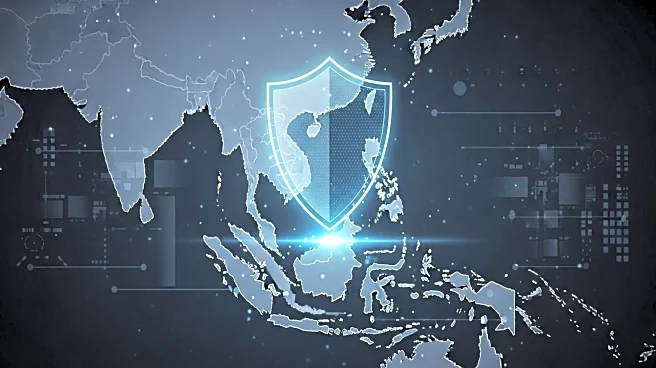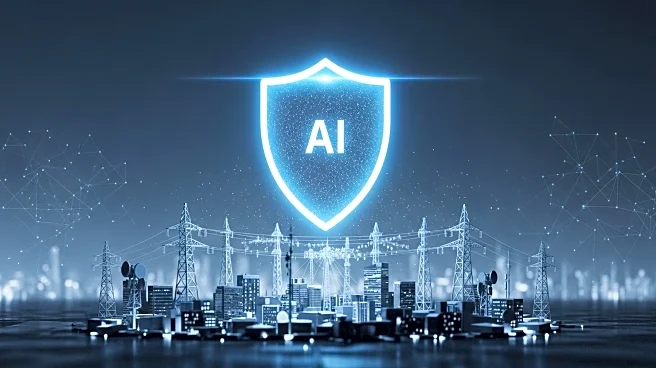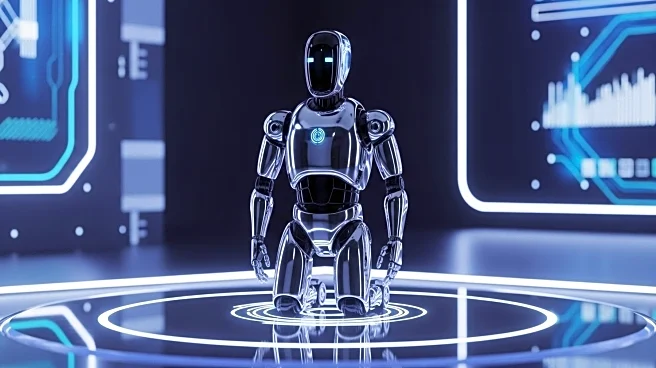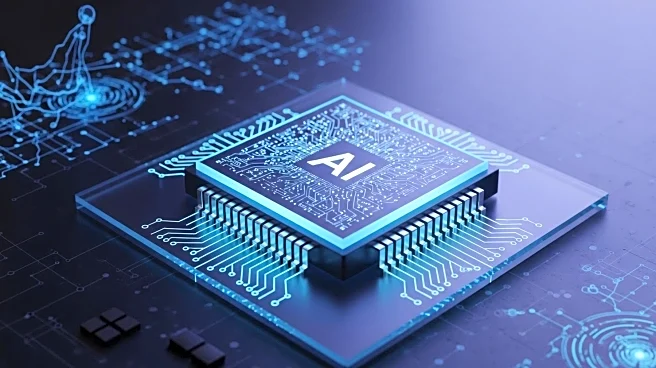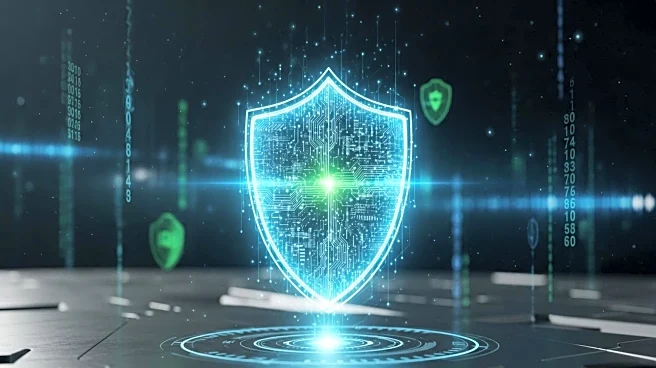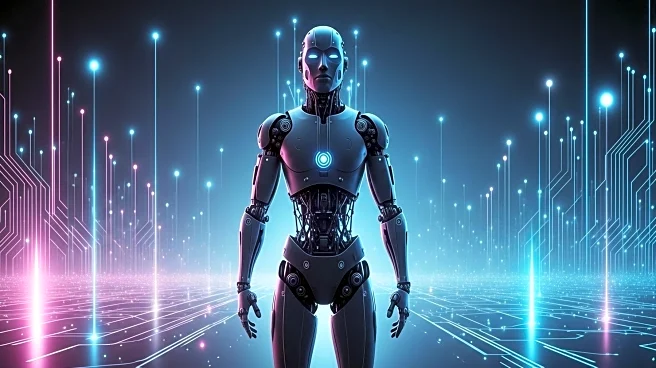What's Happening?
The integration of artificial intelligence into cybersecurity is transforming threat response times, necessitating a shift from human-led to AI-driven security operations. As AI becomes integral to critical infrastructure, the speed of cyber threats now surpasses human capacity for response. This development calls for a reevaluation of AI safety, focusing on deterministic controls to manage AI's probabilistic nature. The article discusses the need for AI containment strategies to ensure secure operations within defined boundaries.
Why It's Important?
The rapid advancement of AI in cybersecurity has significant implications for national security and critical infrastructure protection. By removing humans from the tactical loop, AI can respond to threats in real-time, potentially preventing catastrophic failures. This shift could redefine cybersecurity strategies, impacting industries reliant on AI for defense. The focus on AI containment highlights the importance of balancing innovation with security, ensuring AI systems operate safely within human-defined limits.
Beyond the Headlines
The ethical and legal challenges of AI in cybersecurity are profound. As AI systems make autonomous decisions, questions of accountability and liability arise, particularly when AI actions lead to unintended consequences. The discourse on AI safety versus security reflects broader societal concerns about the role of AI in decision-making processes. Ensuring AI systems are secure and verifiable is crucial for maintaining trust and stability in digital environments.

